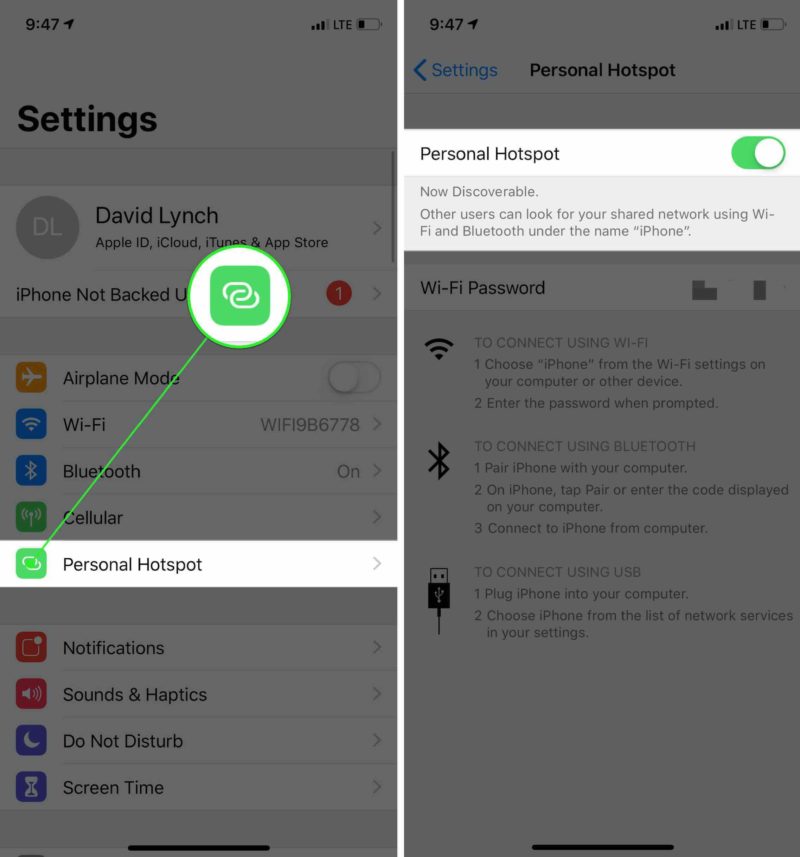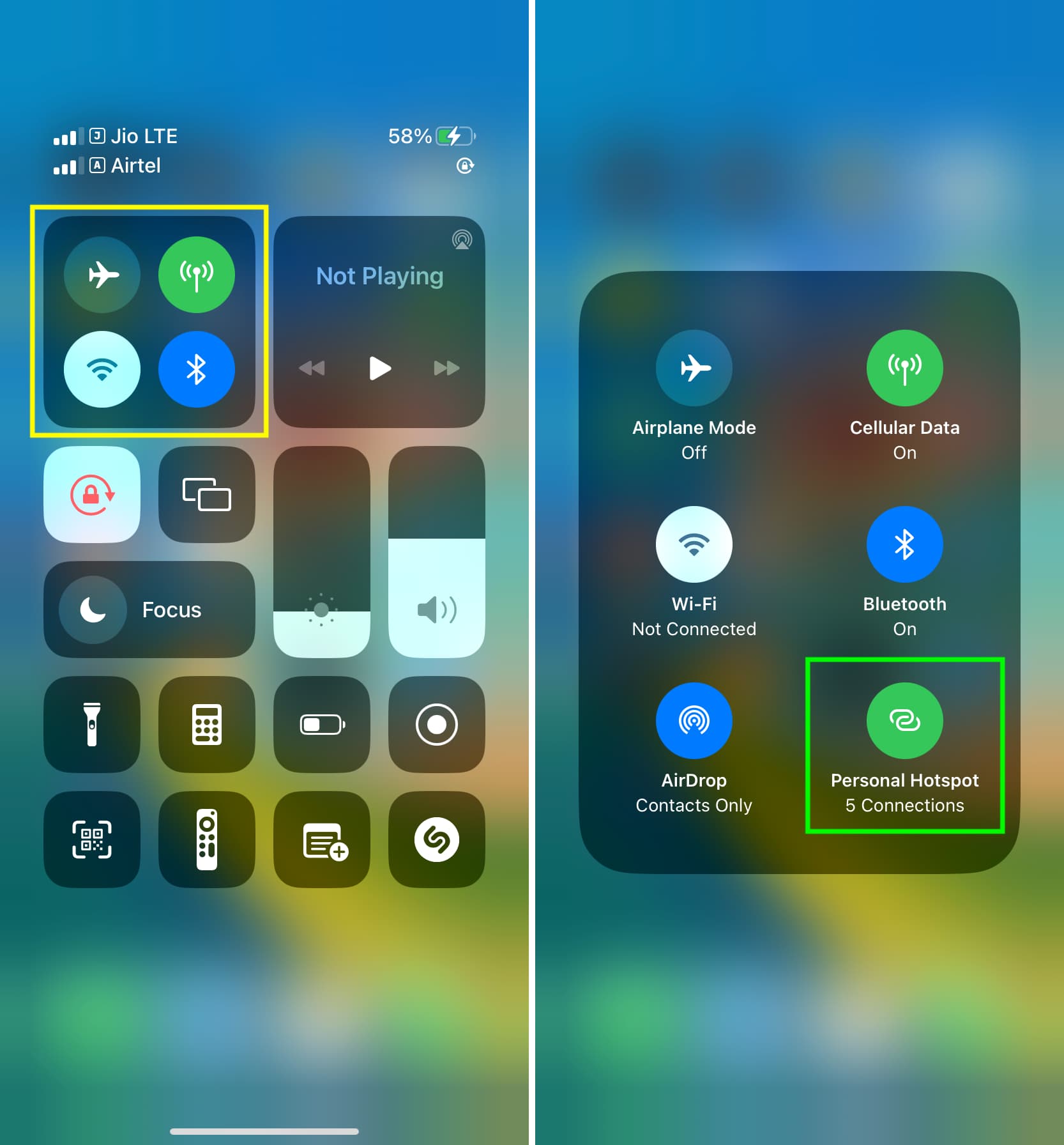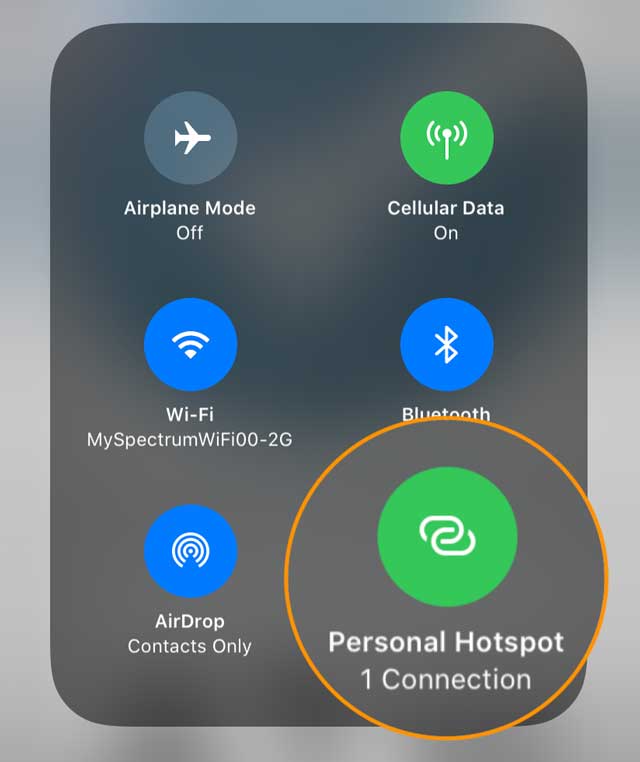How Do I Know If I Have A Hotspot

The term "hotspot" has become increasingly common in public health discussions, especially in the wake of widespread disease outbreaks. But what exactly constitutes a hotspot, and how can individuals know if they reside in one? Understanding the criteria and indicators is crucial for informed decision-making and proactive health management.
This article aims to provide a clear, factual overview of how hotspots are defined, the various factors that contribute to their identification, and the resources available to determine if you live in one. We will delve into the methodologies employed by public health organizations, the data they analyze, and the practical steps individuals can take to assess their risk.
Defining a Hotspot: More Than Just Numbers
A disease hotspot, in epidemiological terms, is a geographic area experiencing a significantly higher incidence rate of a particular disease compared to the surrounding regions or the national average. The definition isn't simply about raw numbers; it involves statistical analysis to identify clusters of cases that are unlikely to have occurred by chance.
Public health agencies like the Centers for Disease Control and Prevention (CDC) and the World Health Organization (WHO) use sophisticated statistical models to identify these clusters. These models consider factors such as population density, demographics, environmental conditions, and social behaviors to determine if an area qualifies as a hotspot.
Key Indicators and Data Sources
Several key indicators contribute to the designation of a disease hotspot. A primary indicator is the incidence rate, which measures the number of new cases of a disease within a specific population over a given period.
Another critical factor is the prevalence rate, which represents the total number of existing cases of a disease in a population at a particular time. Rising incidence and prevalence rates are often red flags for public health officials.
Other crucial data points include hospitalization rates, mortality rates, and the rate of positive test results. These metrics provide a comprehensive picture of the disease burden in a community.
Data regarding disease prevalence is usually available through various public sources. These include the CDC's website, state and local health department websites, and reputable news outlets that aggregate and analyze public health data. Looking at these sources can provide an overall picture of how a region is doing during a disease outbreak.
How to Determine If You Live in a Hotspot
The most reliable way to determine if you live in a disease hotspot is to consult your local or state health department's website. These agencies typically provide up-to-date information on disease activity within their jurisdiction.
Look for data visualizations, such as maps and charts, that illustrate the geographic distribution of cases. Many health departments also publish regular reports or press releases highlighting areas of concern.
Beyond official sources, reputable news organizations often provide data-driven analyses of disease trends. These articles can offer valuable insights into local conditions, but it's crucial to verify the information against official sources.
Checking Official Websites: A Step-by-Step Guide
Start by searching for your state's Department of Health website. Most states have a dedicated webpage for tracking infectious diseases or public health emergencies.
On the website, look for sections related to "[Disease Name] in [State Name]" or "COVID-19 Data Dashboard" (replace "[Disease Name]" and "[State Name]" with the relevant information). These sections typically provide detailed information on case counts, hospitalization rates, and other relevant metrics.
Pay attention to the geographic breakdowns provided. Some websites offer data at the county or even zip code level, allowing you to assess the situation in your immediate area.
Beyond the Numbers: Understanding the Context
While data is essential, it's equally important to understand the context behind the numbers. Consider factors such as testing rates, vaccination rates, and the implementation of public health measures.
A high case count in an area with low testing rates may indicate a more significant problem than the numbers suggest. Similarly, a low case count in an area with high vaccination rates may reflect the effectiveness of preventative measures.
Stay informed about local policies and guidelines, such as mask mandates, social distancing requirements, and gathering restrictions. These measures are often implemented in response to disease activity, and they can provide clues about the severity of the situation in your community.
Potential Impact and Individual Responsibility
Living in a disease hotspot can have significant implications for individuals and communities. Increased risk of infection, strain on healthcare resources, and disruptions to daily life are just some of the potential consequences.
During an outbreak, hospitals can become overwhelmed and it is possible that other medical procedures will be postponed to accommodate more urgent care. That is why understanding your community's status is important.
Individuals living in hotspots have a responsibility to take extra precautions to protect themselves and others. This includes practicing good hygiene, wearing masks in public settings, maintaining social distance, and getting vaccinated when eligible.
By staying informed, following public health guidelines, and taking proactive measures, individuals can help mitigate the impact of disease hotspots and protect their communities.
Conclusion: Stay Informed and Take Action
Identifying a disease hotspot involves analyzing various data points and understanding the context behind the numbers. While official health department websites are the most reliable sources of information, reputable news organizations can also provide valuable insights.
Staying informed is crucial for making informed decisions and taking appropriate actions to protect yourself and your community. By understanding the indicators of a disease hotspot and utilizing available resources, individuals can play a vital role in mitigating the spread of disease.
Remember, knowledge is power. By staying vigilant and proactive, we can collectively navigate the challenges posed by disease outbreaks and build healthier, more resilient communities.
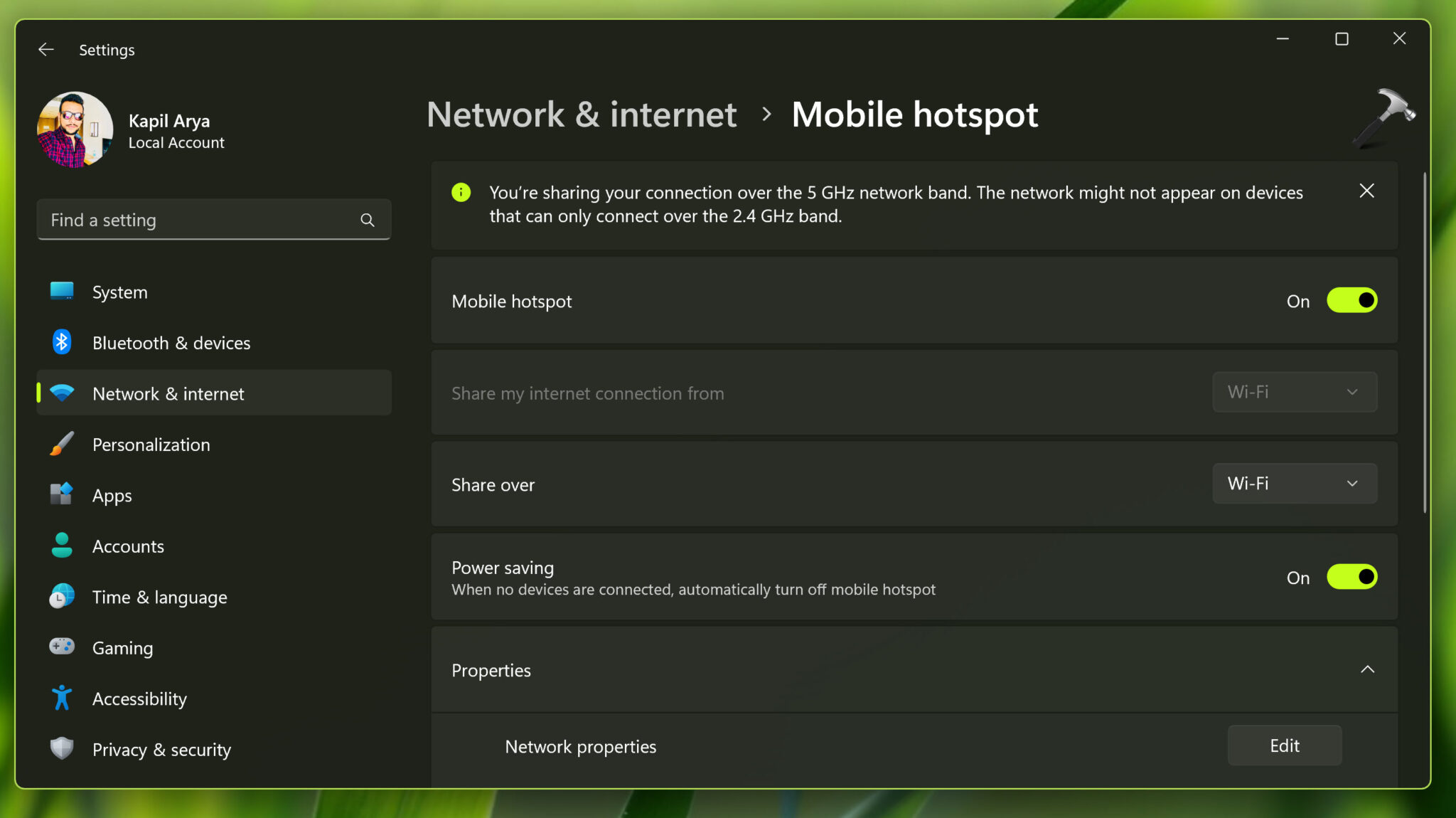

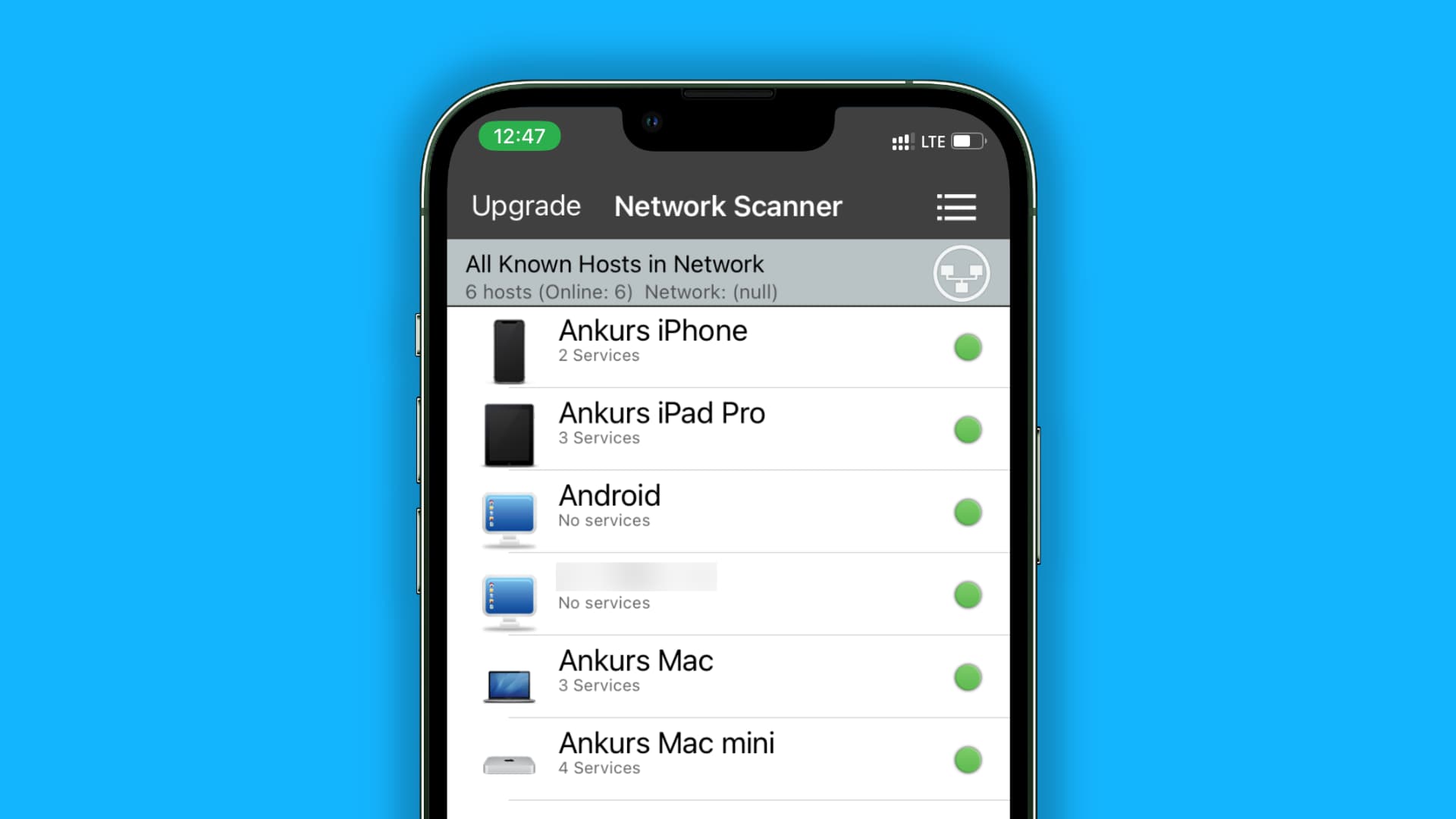


/images/2022/11/18/how-to-use-your-phone-as-a-hotspot_iphone-01.png)
